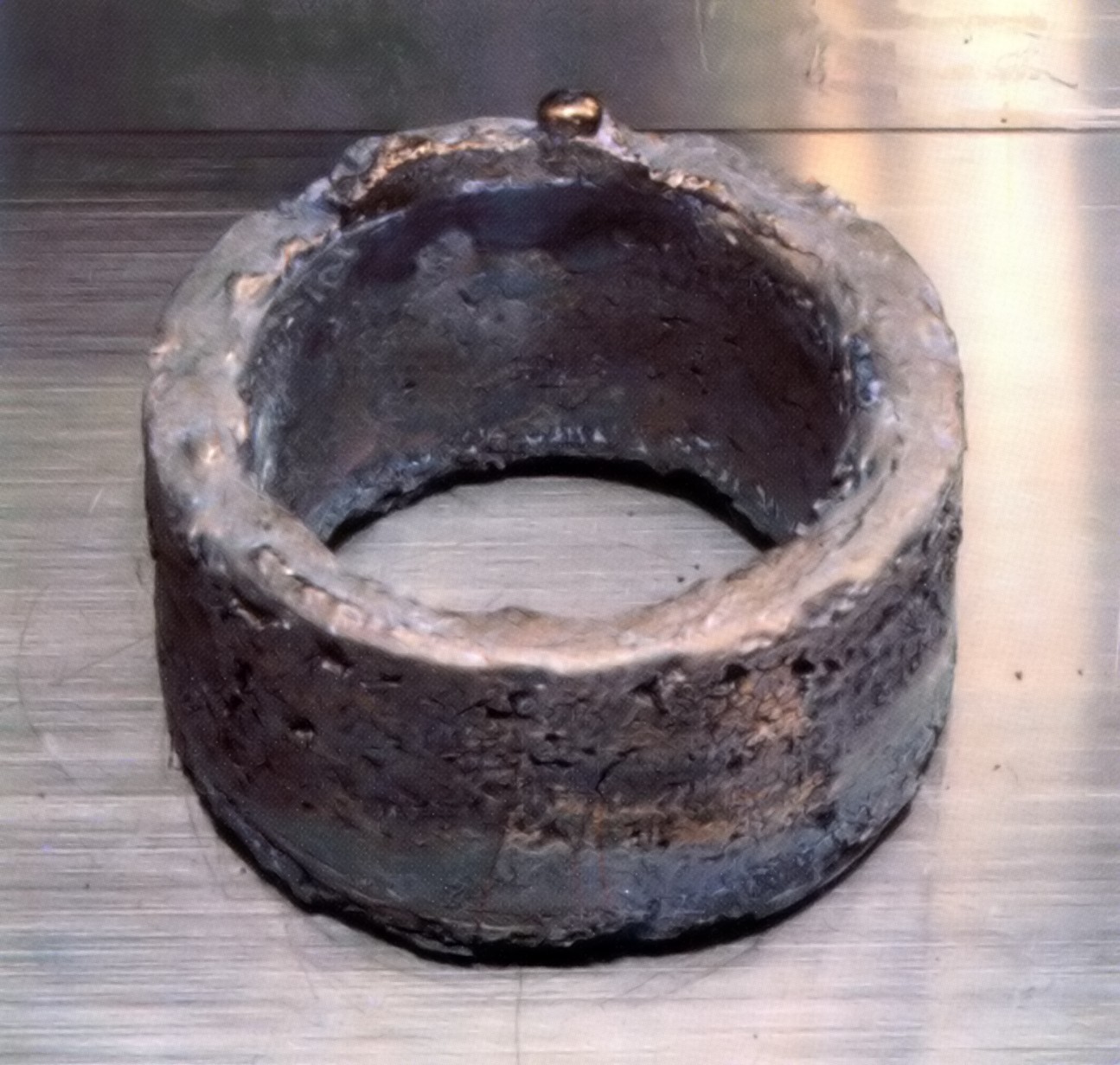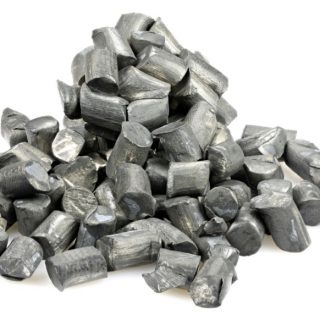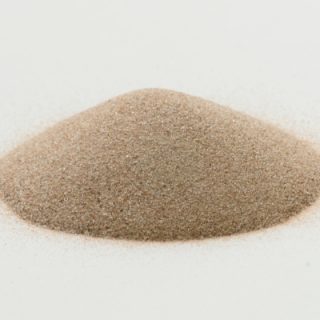Plutonium
Plutonium was discovered in 1941 by Dr. Glenn T. Seaborg and Edwin McMillan, Kennedy, and Wahl by deuteron bombardment of uranium in the 60-inch cyclotron of the Berkeley Radiation Laboratory at the University of California, Berkeley, but the discovery was kept secret. It was named after the planet Pluto, having been discovered directly after Neptunium. (Pluto is the next planet out after Neptune).
The metal has a silvery appearance and takes on a yellow tarnish when slightly oxidized. It is chemically reactive. A relatively large piece of plutonium is warm to the touch because of the energy given off in alpha decay. Larger pieces will produce enough heat to boil water. The metal readily dissolves in concentrated hydrochloric acid, hydroiodic acid, or perchloric acid. The metal exhibits six allotropic modifications having various crystalline structures. The densities of these vary from 16.00 to 19.86 g/cm3.






